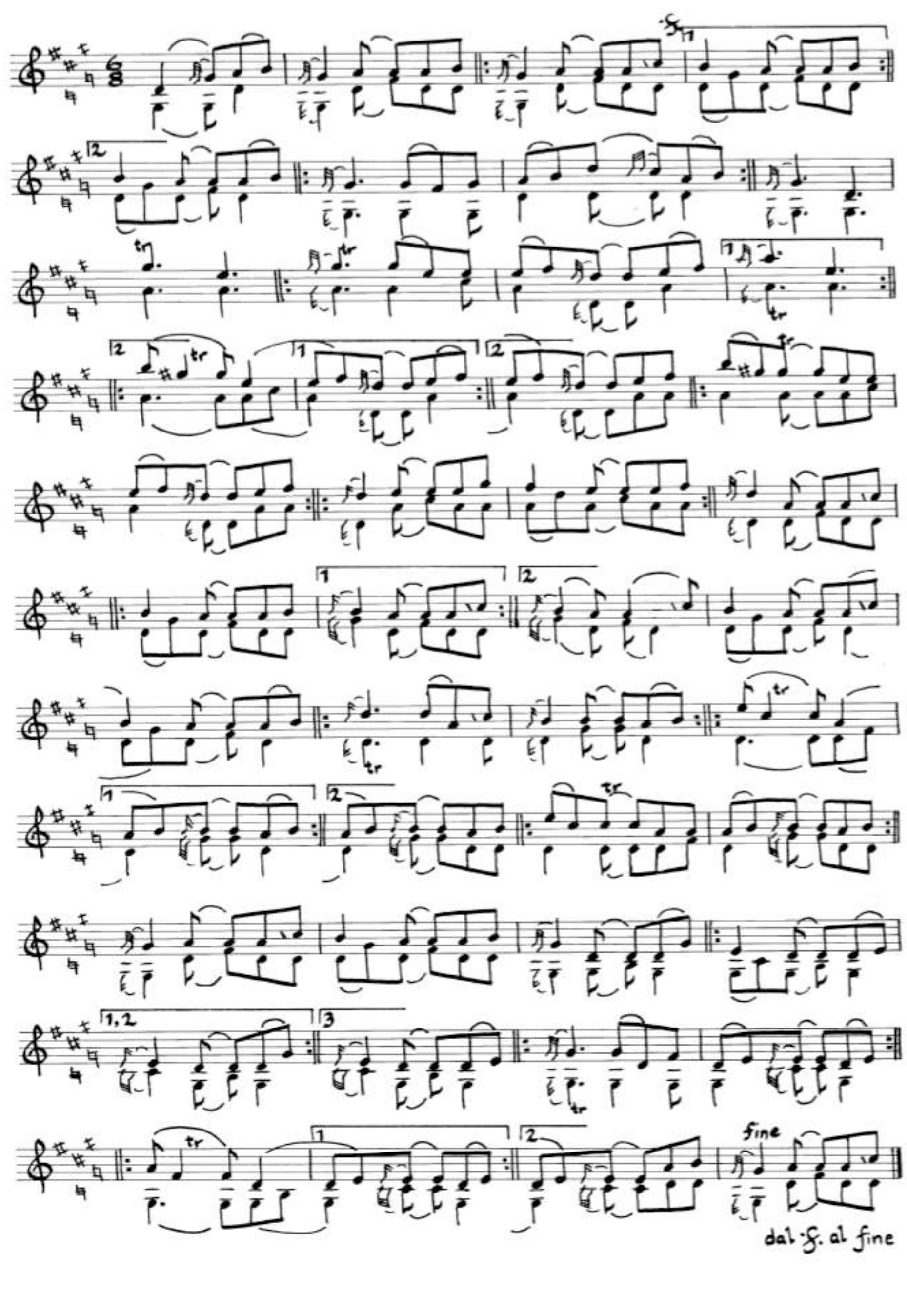Figure 31 – uploaded by Elizabeth Gaver

Figure 31 Page interprets Jerome’s third tuning, GGdc’c’ as a constant bordun played by the lower three strings with a unison melody played on the upper two, and describes the resulting sound as “one large, humming block” (Page '86:129). Christopher Page’s interpretation of Jerome’s first tuning, dGgd’d’, is that the strings are arranged in two pairs with an additional bordun string to the side of the fingerboard that can be either plucked or bowe In his view, the player fingered the Gg strings together in parallel octaves and the d’d’ strings together in unison, resulting in octave- ambiguity as the melodic line shifted from one string pair to the other. The doubled melody line would be accompanied by the “plucked, percussive drone of the bourdonus”. These three different sonorities, octave, unison, and bordun would result in what Page terms “disjunctions”, creating “an impression of density, changeability and abundance.”(Page '86:128)
Related Figures (53)





















































Connect with 287M+ leading minds in your field
Discover breakthrough research and expand your academic network
Join for free